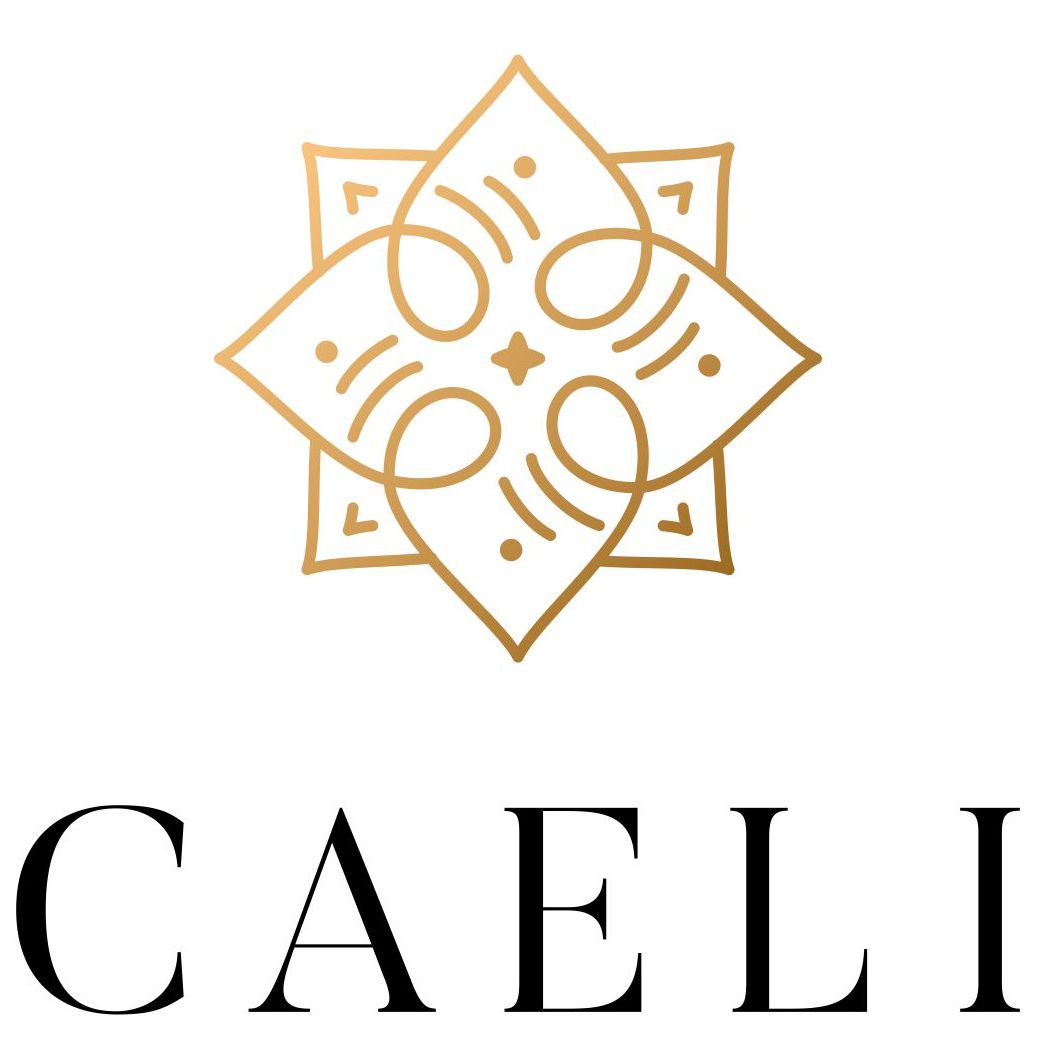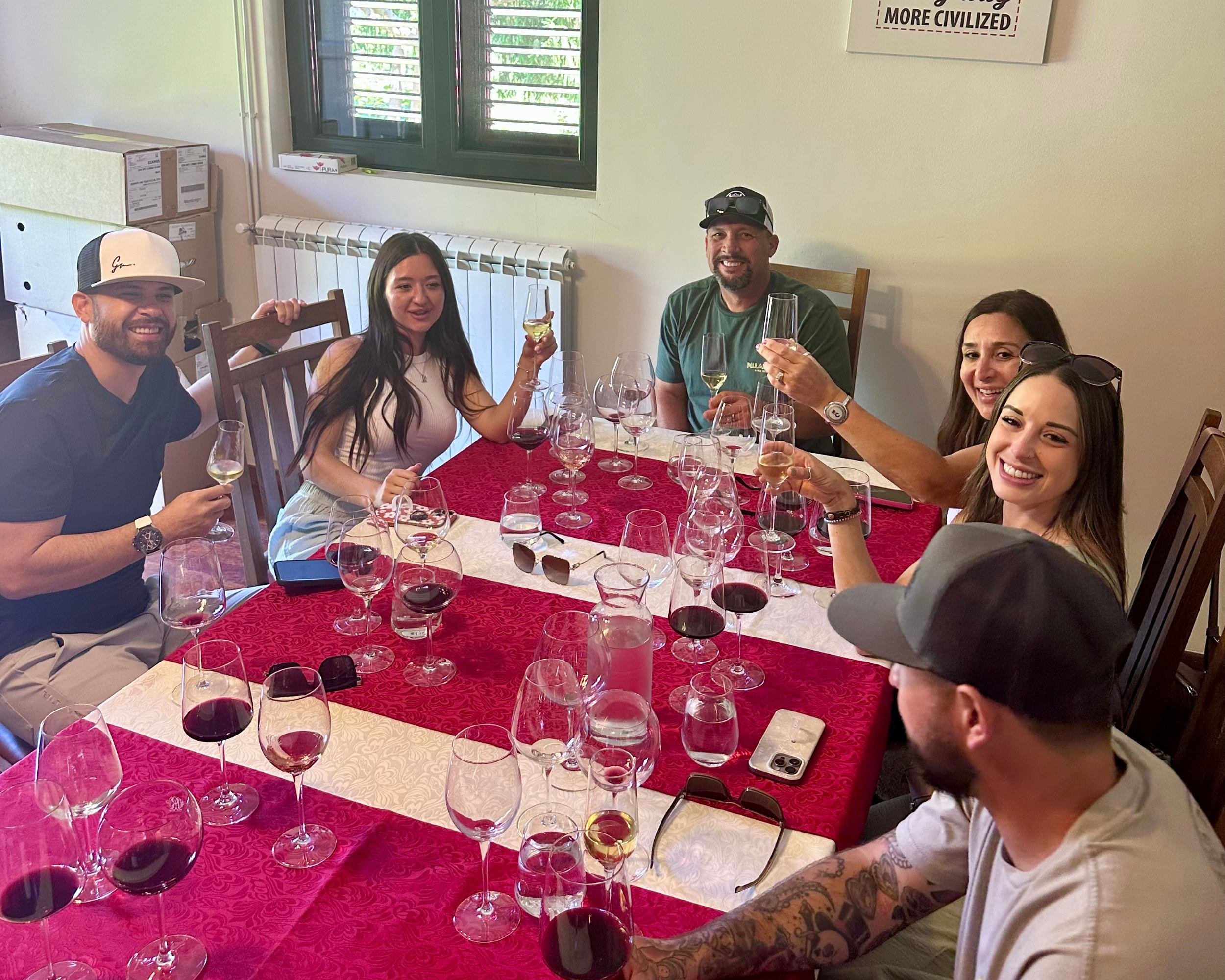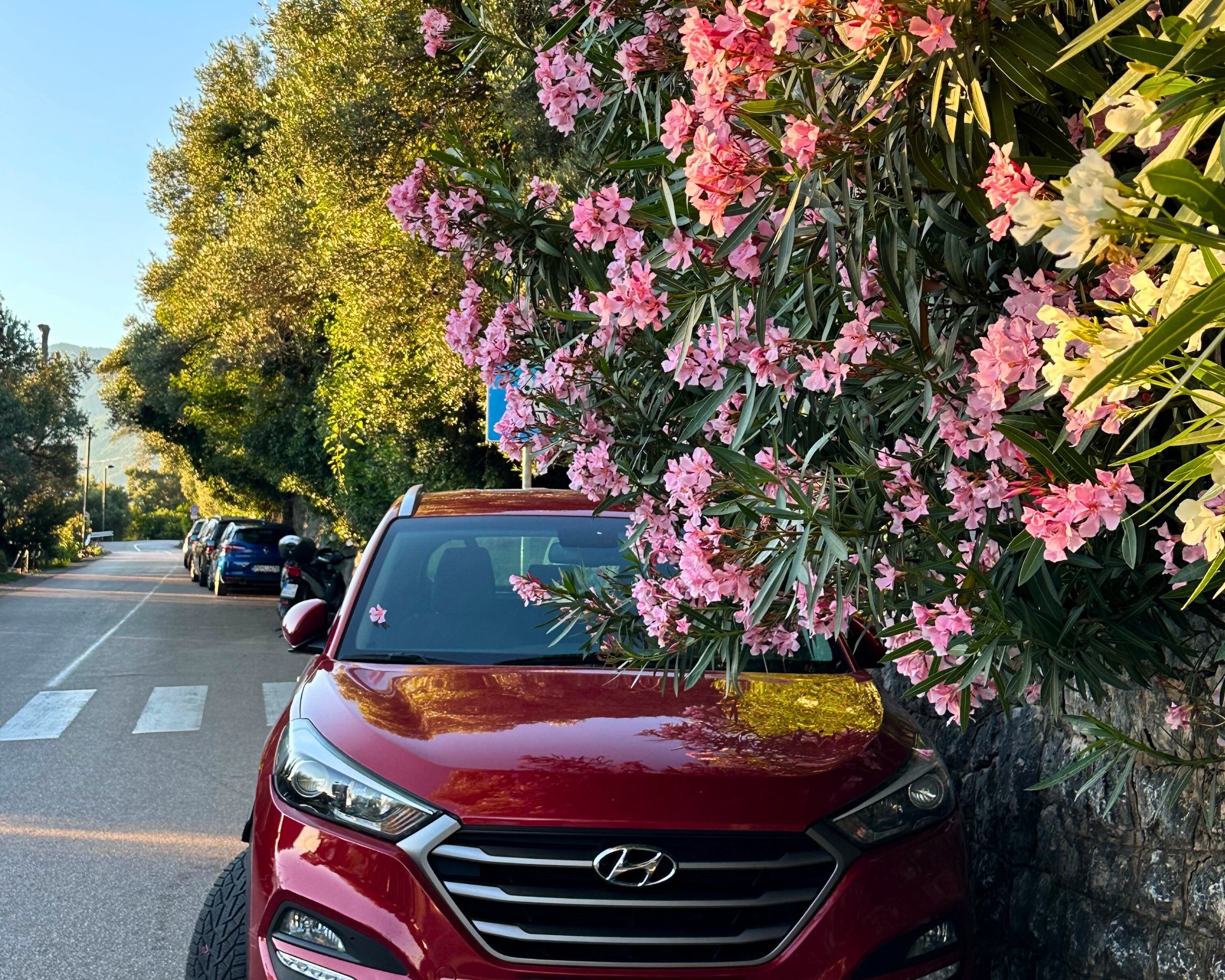What You Need to Know Before Visiting Montenegro
Montenegro might be small, but it's bursting with stunning beaches, towering mountains, and charming old towns. Whether you're dreaming of sun-soaked beach days on its golden coastlines or seeking thrilling adventures in the Dinaric Alps, here's everything you need to know before traveling to Montenegro.
What You Need to Know Before Visiting Montenegro - here is our report!
Climate and Weather in Montenegro
Despite its small size, Montenegro's climate varies significantly depending on the region and altitude. Along the coast, you'll enjoy a Mediterranean climate with dry, warm summers reaching up to 30°C and cooler winters with temperatures between 4°C and 11°C.
The coastal region experiences heavy rainfall from September to April. Inland, the climate shifts to sub-Alpine, especially in the higher altitudes of the Dinaric Alps, with much colder winters, with temperatures up to -20°C.
Podgorica, the capital, is known for being one of Europe's wettest cities, so be prepared for rain even during summer. The best time to visit is typically between April and September. In the summer, expect temperatures up to 40 Celsius.
Along the coast, you'll enjoy a Mediterranean climate with dry, warm summers reaching 30°C in the summer, sometimes up to 40°C in July and August.
Currency in Montenegro
Montenegro uses the Euro as its official currency. Credit cards are widely accepted, and it's advisable to bring an international card with no transaction fees. If you are going to smaller shops, family owned booths with honey and wine, bring some cash with you.
Tipping in Montenegro
Generally, tipping is not mandatory but it is very much appreciated, with 10-20% being standard for good service. If you are exceptionally happy, you can even tip more.
Food in Montenegro
Montenegrin cuisine is a delightful blend of Mediterranean, mountain and Turkish flavors. Expect dishes featuring mutton, lamb, pork, beef, and poultry. The national dish, Ćevapi (minced meat rolls traditionally made from lamb), is a must-try, along with Njeguši prosciutto, Brav u Mlijeku (braised lamb in milk), and Kačamak with kajmak (a Balkan porridge made from cornmeal, potatoes, and cheese). For dessert, indulge in baklava, ravanija (semolina cake), and krempita (cream pie). Read more about Montenegrin Cuisine here.
Coastal Montenegrin Cuisine consists of sea food mostly - with some italian influence!
Coffee culture in Montenegro
In Montenegro, drinking coffee isn't just a habit; it's a cherished part of life that's been bringing people together for centuries. Coffee has long been a social glue in this region, connecting friends, families, and even strangers. It's no wonder there are so many cozy spots to enjoy a freshly brewed cup of coffee. Whether you're a local or a traveler, sharing a coffee here is a warm and inviting way to experience Montenegro's rich culture. Make sure you also try Turkish coffee which is a coffee all locals love!
Experience Montenegro's rich culture through coffee tasting.
Drinking in Montenegro
Montenegro is known for its wine and rakija, a potent brandy usually served neat. The most popular variety is loza and šljivovica, a plum-flavored rakija. For wine varieties, try Vranac - red wine and Krstac - white wine, both autochthones grape varieties from Montenegro. If you are interested in wine culture in Montenegro, you can read all about it here.
Drinking in Montenegro - experience one of our wine tasting tours
Water in Montenegro
Tap water is safe to drink in most areas of Montenegro, especially Podgorica and the Northern parts, since they are connected to cleanest water sources. However, in coastal areas, drinking tap water is not always advisable, so make sure to check with locals. Bringing a filtered water bottle can help reduce plastic waste and you can always refill it.
Traveling around Montenegro
Traveling around Montenegro can be a scenic adventure. Boats and ferries offer affordable and picturesque transportation along the coast. Buses connect all major cities and towns, while trains run between Podgorica, Nikšić, Tuzi, Bijelo Polje, and Bar. However, both buses and trains can sometimes be unpredictable.
With over 3,000 miles of roads, renting a car is a great option for exploring the country. Taxis are readily available in cities, but be sure to use registered companies. It is always best to call a taxi from a city you are located at.
If you don`t feel like using buses, trains or do not feel comfortable driving in Montenegrin curvy roads, feel free to write and we can organize transport for you, or make an itinerary so you get to see places with the guide. Click here for the transport booking or here to contact us about the tours.
Traveling around Montenegro
Language in Montenegro
Montenegrin has been the official language since 2007, but Serbian, Bosnian and Croatian are also widely spoken. You guessed it - these languages are same with some different words and accents involved. English is spoken mostly by younger generation however, outside tourist areas people might not speak perfect english, so learning a few basic phrases can be helpful.
Language in Montenegro
How people behave in Montenegro
Montenegrins are known for their relaxed attitude toward life, and punctuality is not always a priority. Handshakes but also kisses in cheeks among friends are the standard greeting. Being polite and respectful will go a long way in interactions with locals.
Laid back culture in Montenegro
Health and Safety in Montenegro
Montenegro is very safe for travelers, it is acutally the safest country in Balkans. Nevertheless, keep an eye on your belongings while in big crowds, avoid leaving valuables unattended, and watch out for pickpockets in crowded areas. Travel insurance is recommended, and keep your passport and important documents in a secure place. Report any incidents to the local police and obtain a police report if necessary.
Boat ride in Boka Bay - must see in Montenegro
Driving in Montenegro
Driving in Montenegro is an adventure. Roads are narrow, winding, and local driving is often erratic and dangerous. Expect to see drivers on their phones, causing slow and unpredictable movement.
Reckless overtaking is common, even on blind corners or while passing multiple cars. Be ready to brake and give way to oncoming or overtaking cars.
Truck drivers may signal when it’s safe to pass: right indicator means safe, left means oncoming traffic. Rural roads are usually single-lane, so stick to the right and stay alert for fast-moving cars or surprises around the bend.
In the North, watch for herds of sheep, goats, or cows, especially on back roads and main roads in winter. Stay patient and navigate carefully.
Stay alert. Driving in Montenegro requires constant attention.
Driving in Northern Montenegro
Must-Sees in Montenegro
Kotor Old Town & Perast: Explore one of the two best-preserved medieval towns along the Adriatic Coast, set against the stunning Bay of Kotor. Book our tour here.
Lovcen National Park: Take a guided tour through one of Montenegro's wonders, Lovcen National Park and climb on top to the mausoleum of one of our most important rulers of Montenegro. Check our Majestic Montenegro tour here.
Blue Cave: Accessible only by boat, this cave boasts bright blue waters perfect for snorkeling and diving. Check our speedboat tour from Kotor!
Sveti Stefan: This 15th-century village features pink pebble beaches and is ideal for enjoying fresh seafood and Montenegrin wine at sunset. See it here.
Tara Canyon: The second-deepest canyon in the world offers thrilling activities like white-water rafting and cliff jumping. Check our Northern Montenegro tour here.
Essentials to Bring to Montenegro
If visiting in the summer, pack swimwear, sunscreen, and a sunhat. Mosquito repellent is also recommended. For cooler evenings, bring layers. Winter travelers should pack a warm jacket and raincoat. Good walking shoes are essential for exploring both cities and mountainous areas.
Montenegro awaits with its breathtaking landscapes, rich history, and delicious cuisine. Get ready for an unforgettable adventure!
Read more about our beautiful country here.
We will be happy to organize zour trip in beautiful Montenegro!











